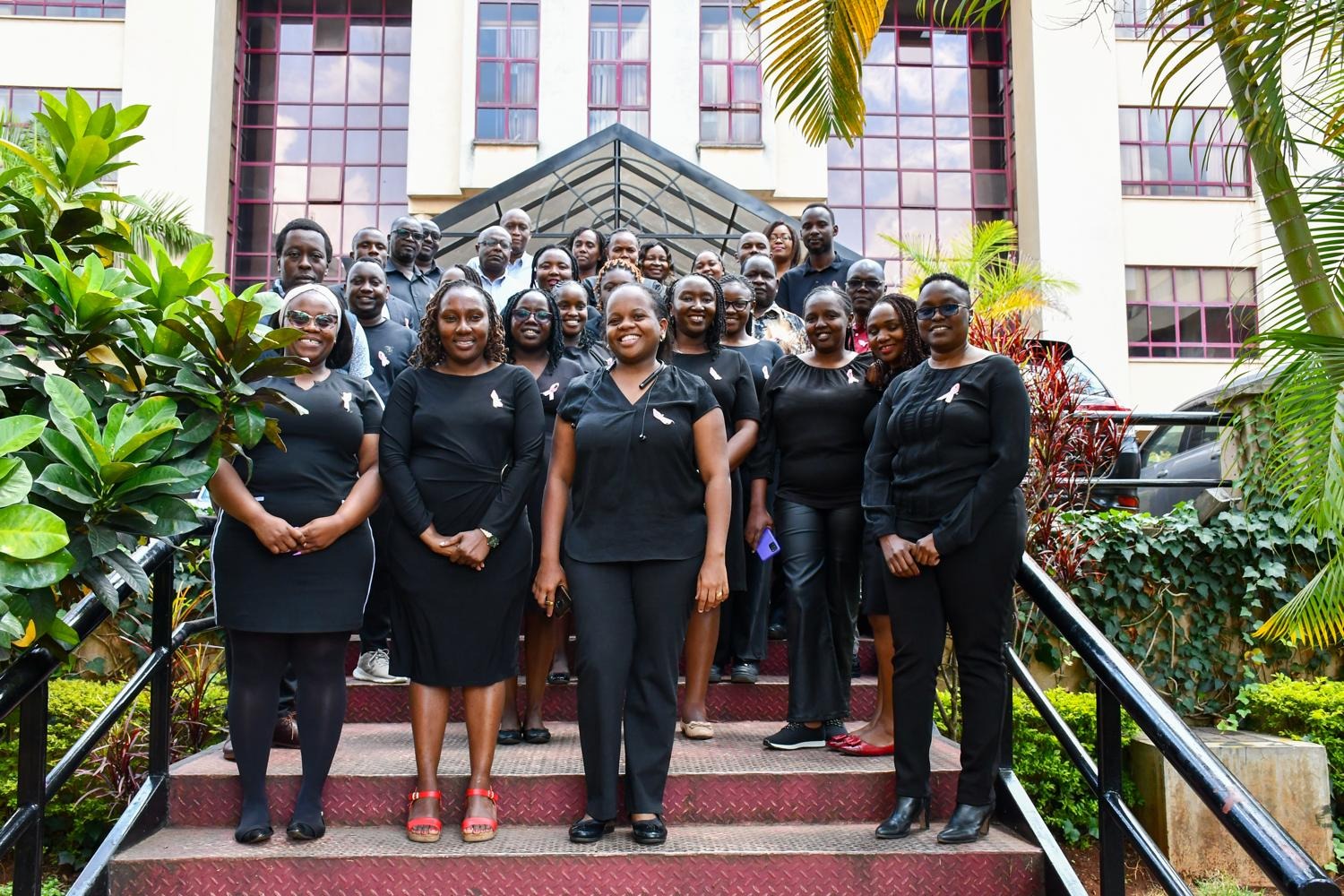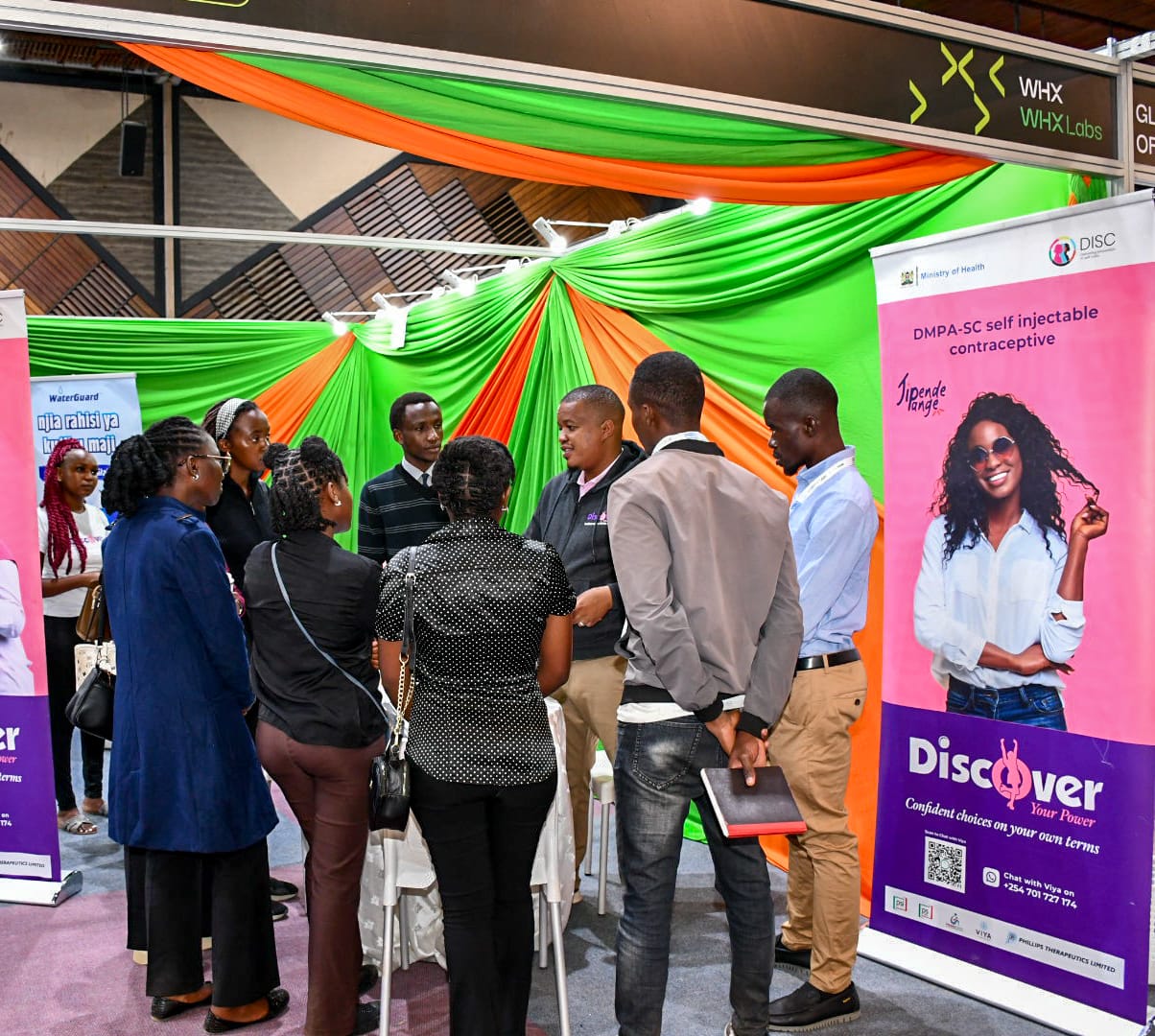PS Kenya is proud to be a key implementing partner in the fight against tuberculosis (TB) through the Global Fund-supported TB project, officially launched in May 2025. As a sub-grantee in this ambitious initiative, PS Kenya is committed to delivering targeted interventions that contribute to Kenya’s national goal of ending TB. The project is designed to support the National TB program’s efforts in providing comprehensive TB services. The overarching goal is twofold:
- To contribute to the attainment of universal health coverage through integrated TB and HIV prevention, treatment, and care for all people in Kenya.
- To ensure the provision of quality care and prevention services for all individuals affected by tuberculosis.
With a total budget of KES 69.3 million, this phase of the project will be implemented from May 2025 to June 2027, covering 10 sub-counties in Nairobi County: Embakasi East, Embakasi West, Embakasi Central, Embakasi North, Embakasi South, Kasarani, Makadara, Roysambu, Ruaraka, and Westlands.
Impact Targets
The project aligns with Kenya’s national and global commitments to:
- Reduce TB-related deaths by 90% compared to 2015 levels.
- Reduce TB incidence by 80%.
- Eliminate catastrophic costs to families due to TB, leprosy, or lung diseases.
PS Kenya’s Implementation Strategy
PS Kenya’s approach focuses on strengthening community-level TB interventions and enhancing patient support systems. Key components of our implementation include:
- Community-led monitoring (CLM): Engaging community health actors to track service delivery and patient experiences.
- Capacity building: Training of community health providers and TB actors to deliver quality TB prevention and care services.
- Patient tracing and support: Providing logistical support for tracing contacts of patients with active TB and individuals who have interrupted treatment and linking them back to care.
- Advocacy and accountability: Empowering communities to demand quality TB services and hold the health system accountable.
The project has just launched its implementation in May with a county entry meeting, setting the stage for coordinated implementation and stakeholder engagement.



